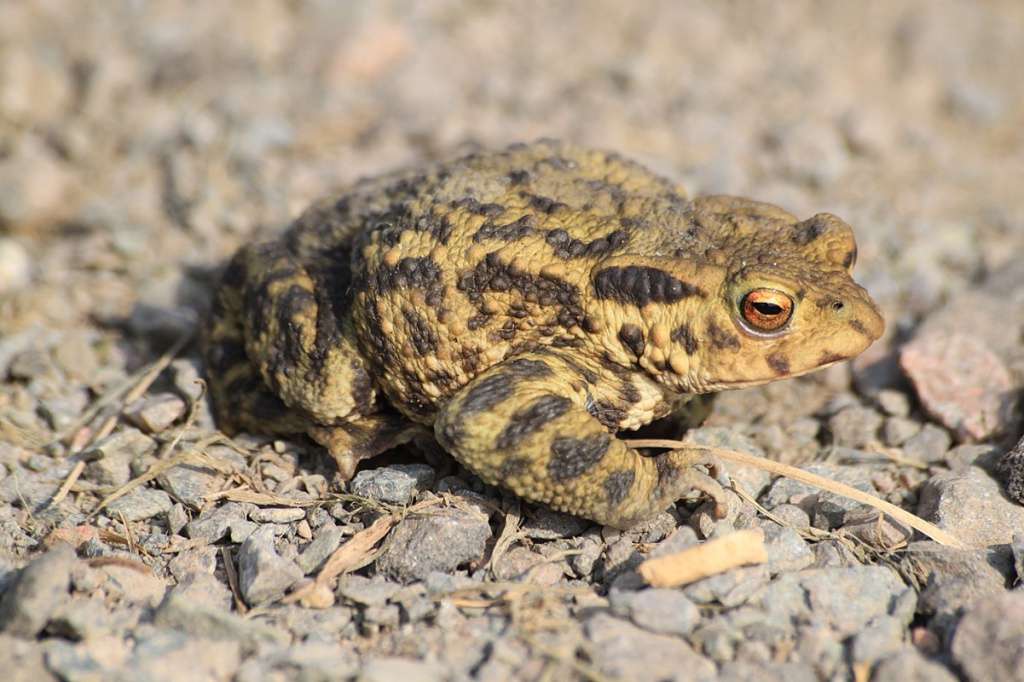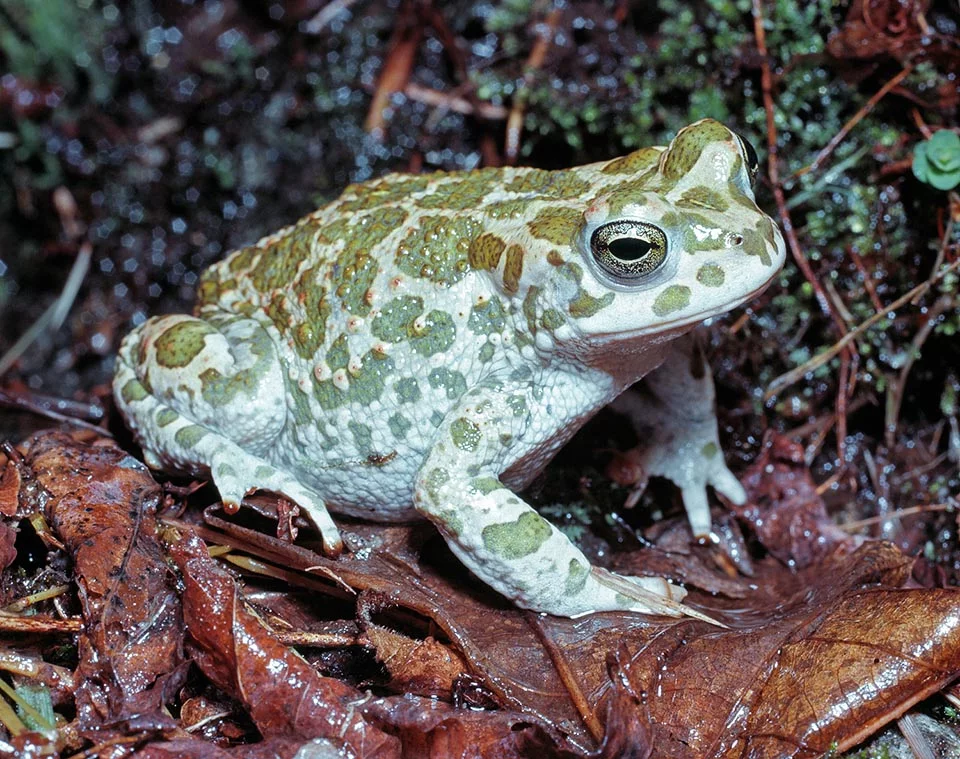
Western North America is home to the giant toad species known as the western toad (Anaxyrus boreas), which can grow to be between 5.6 and 13 cm (2.2 and 5.1 in) long. During the rainy season, A. boreas is frequently seen on roadways or, at other times, near bodies of water.
Habitat
The western toad’s range include western British Columbia, Idaho, Washington, Oregon, and southern Alaska in the south as well as eastern Montana, central and western Wyoming, western Colorado in the north, the mountains and higher plateaus of Utah, and Nevada. There have been reports of sightings of the boreal toad in British Columbia’s northwest and north central regions, as well as the Yukon Territory and the Northwest Territories.
Appearance
It is dusky gray or greenish dorsally, with skin glands concentrated inside the dark blotches, and has a white or cream dorsal stripe. It lacks cranial crests but has a speckled ventro and horizontal pupils. Males have smoother skin, less dorsal blotching, and nuptial pads (thickened skin) on their forefeet during breeding season in comparison to females. The dorsal stripe of this species’ juveniles is missing or very faint. Yellow foot and vivid dorsal and ventral markings are features of large young.

Diet
Anaxyrus boreas wait for their meal on the ground or in small tunnels that other animals have excavated for them. Their main food sources are arachnids, bees, beetles, ants, and bees. Crayfish, sowbugs, grasshoppers, trichoptera, lepidopterans, and dipterans are examples of other meals.
Reproduction
Western toads have a three-year minimum breeding age for males and for females probably 4-5 years. At two years old, California toads are said to be sexually mature. Male western toads reproduce annually; females do it less frequently, depending on their health and the amount of breeding they did the year before. The number of males and females varies depending on the kind of habitat; males and females are more common in wet areas and dry settings respectively. From February to July, eggs are laid in open water, with April being the busiest month for this activity. With height and weather, egg-laying activity varies in timing. In Colorado, the start of breeding was linked to a change in the weather’s temperature and the beginning of the snowpack’s melting. In late May or early June, eggs are typically laid.
Things to Consider for in Captivity
Western toads make an excellent pet. They make good pets because they are not aggressive and relatively simple to care for. When you have other pets and kids in your house, it is best to carefully place them in a suitable cage or aquarium. Additionally, owners of these toads should be aware that they are particularly susceptible to the Chytrid fungus.
Table





